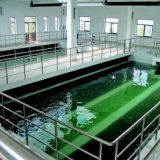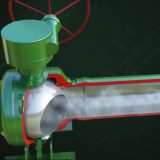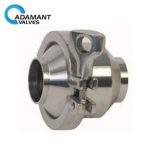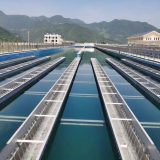The check valve is possibly the only best valve that can be used in your plant that can be operated without receiving any external assistance or giving any indication about the setting or about the condition. The special quality made the valve unique in the valve industry. Thus anyone can instigate to realize that this kind of valve is one apart from the rest.
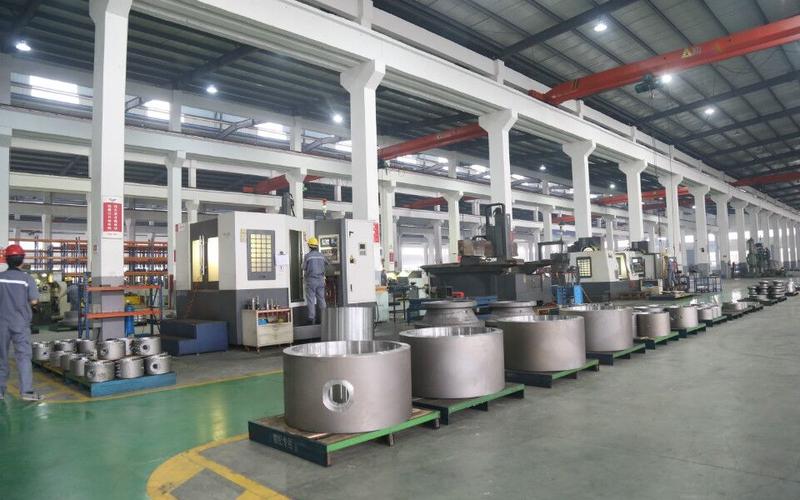
The selection, as well as application of check valves, is all about art.
From the latest developments, you can understand the fact how necessary it is on the part of the valve designer to know completely the mechanism inside the valve. Nevertheless, the user should go even farther and figure out all the influence external to the valve. To proceed further it is necessary to keep a record of what has succeeded or failed during the process. This is the reason why all the plants and installation work uses check valves. Moreover, for some plants, it saves the piping cost.
To select and evaluate check valves, It is necessary to know the basic forces and conditions that influence the valves. Some common aspects like temperature, fluid, pressure, and outside materials factors are the condition influence the working of the valve.
The upstream pressure of the fluid force the valve to open. comes from itself. A few weak and Sudden application may sometime cause trouble. Time while the valve is open, fluid turbulence and vorticity make the valve internals vibrate or spin in order to wear and break them. These wear can be far worse than the wear from thousands of cycles of openings and closings. Thus ultimately, the backflow and sudden closure can create water hammer and even wreck the valve. galling, fatigue cracks, plastic yield, and fracture often occur in extremely demanding service.
The two fundamental types of sanitary check valve are firstly the swing check and secondly the lift check. The swing checks consist of several variations of the simple single disc rotating all-around a pivot just above it. However, the Lift checks consist of flat discs and pluglike discs, as well as ball checks.
Previously, the universal rule was to select swing checks for liquid service at lower velocities, as low resistance is required and the lift checks are used for higher velocities, the places where valve vibration might be a problem as well as when the greater resistance of lift checks is far less harmful in the head loss. The conventional design of cavity filled check valves still holds a large share of applications, in the valve industry obviously. However, the introduction of some modern types of check valves has made the valve selection more complicated.
For more information, please visit http://www.adamantvalves.com/

